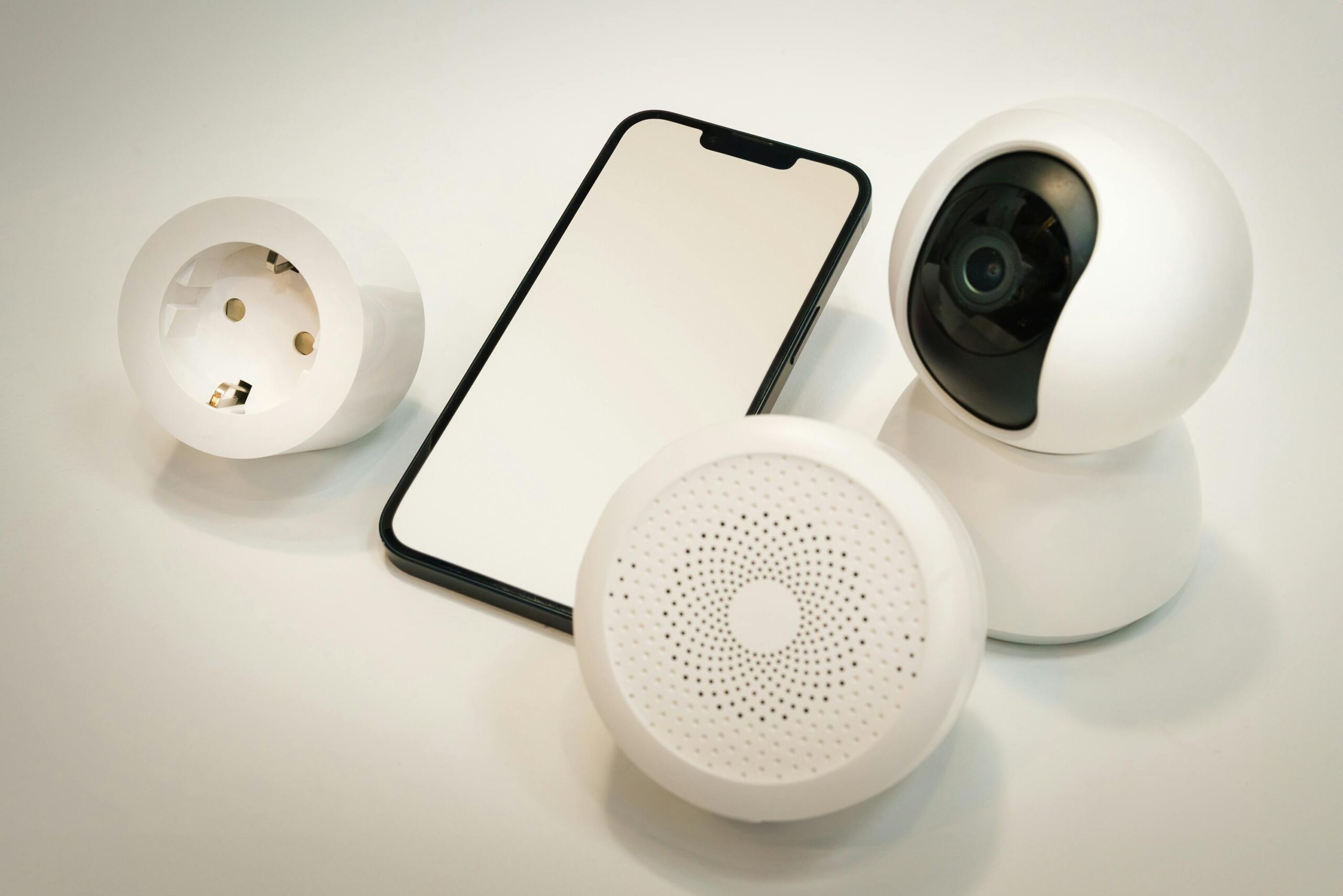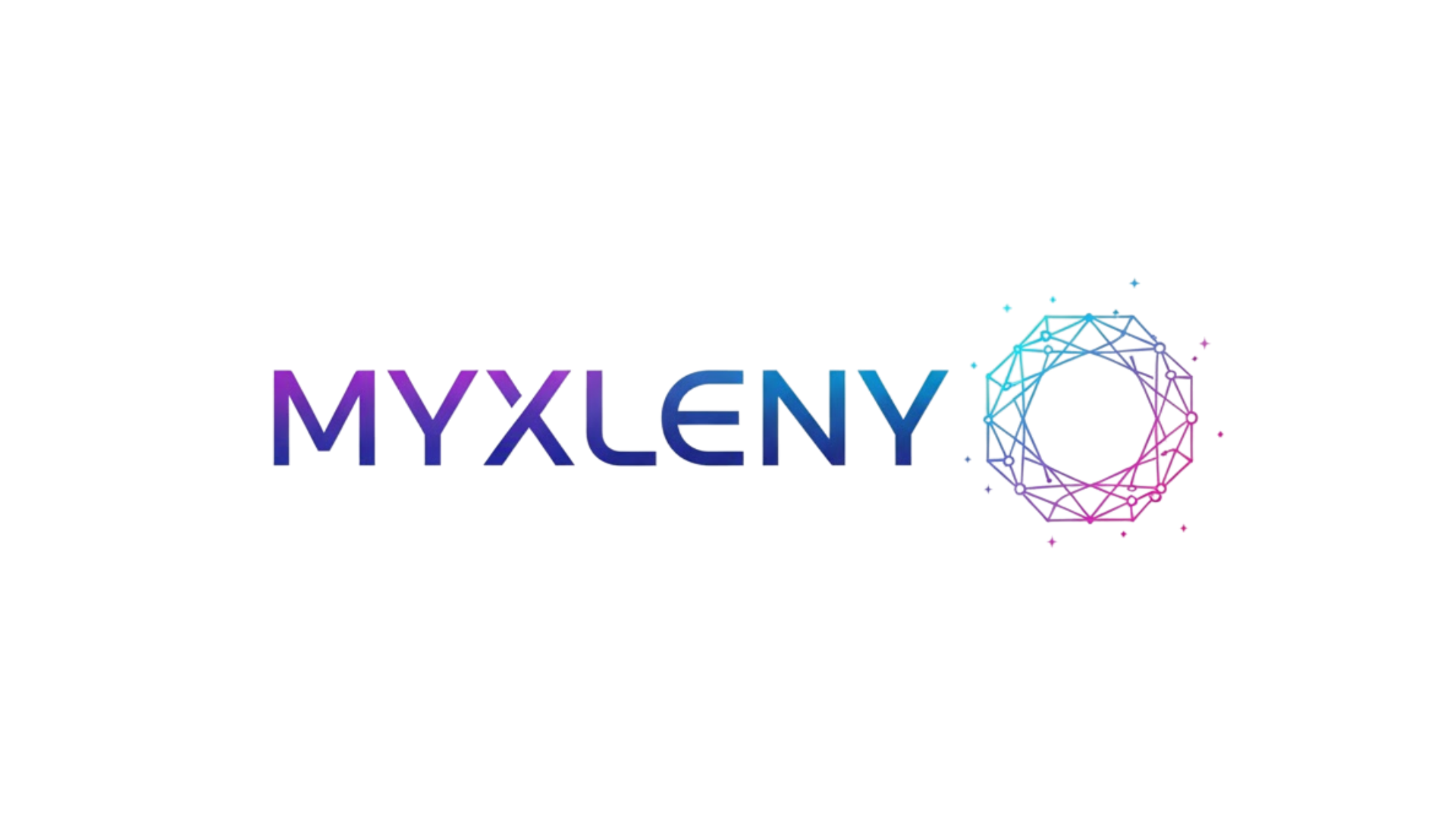Remote innovation hubs are transforming how creative teams collaborate, breaking geographical barriers and fostering unprecedented levels of productivity and creative synergy across global networks.
🚀 The Dawn of Distributed Creative Ecosystems
The traditional office environment has long been considered the breeding ground for innovation and collaborative creativity. However, the landscape of work has undergone a seismic shift in recent years. Remote innovation hubs have emerged as powerful alternatives, demonstrating that physical proximity is no longer a prerequisite for breakthrough ideas and collaborative excellence.
These virtual spaces leverage cutting-edge technology to connect diverse minds from different corners of the world, creating melting pots of perspectives, experiences, and expertise. The result is a new paradigm where creativity flourishes without the constraints of geography, time zones, or traditional organizational structures.
Organizations that have embraced remote innovation hubs report remarkable improvements in both the quantity and quality of creative output. This shift isn’t merely about convenience or cost savings—it represents a fundamental reimagining of how human creativity can be harnessed and amplified in the digital age.
Breaking Down the Remote Innovation Hub Model
At its core, a remote innovation hub functions as a digital nerve center where ideas, resources, and talent converge. Unlike simple video conferencing or project management tools, these hubs integrate multiple dimensions of collaboration into cohesive ecosystems designed specifically for creative work.
The architecture of successful remote innovation hubs typically includes several key components. Digital whiteboards and visual collaboration spaces allow teams to brainstorm and iterate on concepts in real-time, replicating and often surpassing the experience of physical ideation sessions. Cloud-based repositories ensure that all team members have access to the latest resources, research, and project materials regardless of their location.
Essential Features That Drive Creative Success
Effective remote innovation hubs incorporate asynchronous communication tools that respect different working styles and time zones. This flexibility means that team members can contribute their best ideas when they’re most creative, rather than being constrained by arbitrary meeting schedules.
Real-time collaboration capabilities complement asynchronous tools, enabling spontaneous creative sessions when inspiration strikes or when immediate feedback is valuable. The best platforms seamlessly blend both modes, allowing teams to shift fluidly between deep individual work and dynamic group interaction.
Integration capabilities stand as another critical feature. Remote innovation hubs that can connect with existing tools and workflows reduce friction and adoption barriers. When team members can work within familiar environments while accessing enhanced collaborative features, productivity soars and creative flow remains uninterrupted.
💡 Unleashing Creative Potential Through Diversity
One of the most compelling advantages of remote innovation hubs lies in their ability to assemble truly diverse teams. Geographic limitations have historically restricted organizations to talent pools within commuting distance of their offices. This constraint inadvertently created echo chambers where similar perspectives and experiences dominated creative processes.
Remote innovation hubs shatter these limitations. Teams can now include members from different countries, cultures, and backgrounds, each bringing unique insights shaped by their distinct experiences. Research consistently shows that diverse teams generate more innovative solutions and identify potential problems that homogeneous groups overlook.
This diversity extends beyond demographics to include cognitive diversity—different thinking styles, problem-solving approaches, and creative methodologies. When a team combines analytical thinkers with intuitive creatives, detail-oriented perfectionists with big-picture visionaries, the resulting synergy produces solutions that no single perspective could achieve alone.
Cultural Intelligence as a Competitive Advantage
Working within remote innovation hubs naturally develops cultural intelligence among team members. Regular interaction with colleagues from different backgrounds cultivates empathy, adaptability, and communication skills that prove invaluable in today’s global marketplace.
Products and services developed by culturally intelligent teams demonstrate broader appeal and fewer blind spots. Marketing campaigns crafted with diverse input resonate across multiple demographics. User experiences designed by international teams accommodate various usage patterns and preferences from the outset rather than requiring costly retrofitting.
The Technology Stack Powering Innovation
Behind every successful remote innovation hub lies a carefully curated technology ecosystem. The tools must balance sophistication with usability, offering powerful features without overwhelming users with complexity.
Visual collaboration platforms form the foundation, providing digital canvases where ideas can be sketched, refined, and developed. These tools support various media types—from simple text and drawings to complex diagrams, images, and embedded content—enabling teams to communicate in whatever format best expresses their concepts.
Project management systems adapted for creative work help teams track progress without stifling spontaneity. Unlike rigid workflows designed for predictable processes, these systems accommodate the iterative, non-linear nature of creative development while still providing necessary structure and accountability.
Communication Layers That Support Creativity
Effective remote innovation hubs employ multiple communication channels, each serving specific purposes. Quick messaging enables rapid exchanges and maintains team connection. Video conferencing facilitates rich discussions where tone and body language enhance understanding. Voice channels offer a middle ground for conversations that benefit from vocal nuance without requiring full video attention.
Documentation systems ensure that valuable insights and decisions don’t disappear into chat histories. Well-organized knowledge bases become institutional memory, allowing new team members to quickly understand project context and enabling existing members to reference past decisions and reasoning.
🎯 Measuring Success in Remote Creative Environments
Quantifying creative output presents inherent challenges, but remote innovation hubs enable new approaches to performance measurement. Traditional metrics like hours worked become less relevant when flexibility and output quality take precedence over presenteeism.
Forward-thinking organizations track innovation velocity—how quickly ideas move from conception through development to implementation. They measure the diversity of perspectives contributing to projects, recognizing that broad input correlates with robust solutions. Engagement metrics reveal how actively team members participate in creative processes and whether the hub genuinely fosters inclusive collaboration.
Customer impact metrics provide ultimate validation. Do products and services developed through remote innovation hubs better meet user needs? Do they achieve stronger market performance? Are they more innovative compared to traditionally developed offerings? These outcomes offer concrete evidence of remote collaboration’s effectiveness.
Quality Over Quantity in Creative Metrics
Smart organizations avoid the trap of measuring creativity through simple output volume. Generating hundreds of mediocre ideas provides less value than developing a few truly transformative concepts. Remote innovation hubs enable more thoughtful evaluation of ideas based on their potential impact rather than the speed of their production.
Peer review systems built into remote platforms allow team members to provide structured feedback on proposals and prototypes. This distributed evaluation leverages collective intelligence while identifying promising concepts that warrant further investment and refinement.
Overcoming Challenges in Virtual Creative Spaces
Despite their numerous advantages, remote innovation hubs face legitimate challenges that require thoughtful solutions. The absence of physical presence eliminates spontaneous hallway conversations and serendipitous encounters that sometimes spark breakthrough ideas.
Intentional design can compensate for this loss. Virtual coffee chats, random pairing systems that connect team members for casual conversations, and dedicated channels for non-work discussions help recreate the social fabric that supports creative collaboration. Some organizations schedule virtual co-working sessions where team members simply share digital space while working independently, replicating the companionable atmosphere of shared offices.
Communication bandwidth represents another concern. Video calls convey more information than text but still lack the richness of in-person interaction. Misunderstandings can escalate more quickly when messages lack tonal context. Successful remote teams develop explicit communication norms, use emojis and reaction features to add emotional nuance, and assume positive intent while seeking clarification when messages seem unclear.
Combating Isolation and Burnout
Remote work can blur boundaries between professional and personal life, leading to burnout when team members feel pressure to always be available. Innovation hubs must actively support work-life balance through clear expectations about response times, encouragement of time off, and modeling healthy boundaries at leadership levels.
Feelings of isolation pose psychological challenges for some remote workers. Regular team-building activities, even in virtual formats, strengthen interpersonal bonds. Recognition programs that celebrate individual and team achievements foster sense of belonging and appreciation. Mental health resources and open discussions about remote work challenges help team members navigate difficulties.
🌐 The Future Landscape of Remote Innovation
As technology continues advancing, remote innovation hubs will become increasingly sophisticated and immersive. Virtual reality and augmented reality technologies promise to add spatial dimensions to collaboration, allowing teams to manipulate 3D models, walk through virtual prototypes, and experience concepts in ways that transcend flat screens.
Artificial intelligence will augment human creativity rather than replacing it. AI assistants could analyze brainstorming sessions to identify patterns, suggest connections between seemingly unrelated ideas, or automatically document decisions and action items. Machine learning algorithms might match team members with complementary skills for specific projects or recommend resources relevant to creative challenges.
The lines between synchronous and asynchronous collaboration will continue blurring. Emerging tools will allow team members to seamlessly transition between modes, contributing to shared workspaces whether colleagues are currently active or working at different times. Version control and change tracking will make collaboration histories transparent and navigable.
Democratization of Innovation Access
Perhaps most significantly, remote innovation hubs are democratizing access to creative opportunities. Talented individuals in regions with limited local opportunities can now contribute to cutting-edge projects and build rewarding careers without relocating. Organizations benefit from accessing global talent pools unrestricted by geographic proximity.
This democratization extends to smaller organizations and startups that previously couldn’t compete with large corporations for top talent. Remote innovation hubs level the playing field, allowing agile teams to assemble world-class expertise and compete effectively regardless of their physical footprint or traditional resources.
Building Your Remote Innovation Strategy
Organizations looking to establish or enhance remote innovation hubs should begin by clarifying their creative objectives and collaboration needs. Different creative disciplines benefit from different tools and approaches. Software development teams require robust code collaboration features, while design teams need sophisticated visual tools. Marketing teams benefit from content management integration and review workflows.
Starting with pilot programs allows organizations to experiment with various platforms and processes before committing to enterprise-wide implementations. These pilots should include diverse team members who can provide feedback from different perspectives and use cases. Iterating based on real user experiences ensures that the final implementation serves actual needs rather than theoretical ideals.
Cultural Transformation Beyond Technology
Technology provides the foundation, but culture determines success. Organizations must cultivate trust, knowing that remote team members will deliver quality work without constant supervision. Managers need training to lead distributed teams effectively, focusing on outcomes rather than activity monitoring.
Transparency becomes even more critical in remote environments. Clear communication about project goals, decision-making processes, and organizational changes helps remote team members feel included and informed. Regular all-hands meetings, accessible leadership, and open dialogue channels prevent the information silos that can fragment remote organizations.

✨ Realizing the Promise of Distributed Creativity
The revolution in remote collaboration represents more than a response to changing work patterns—it signals a fundamental evolution in how human creativity operates at scale. Remote innovation hubs demonstrate that breakthrough ideas emerge from connections between diverse perspectives, not proximity of physical bodies.
Organizations embracing this shift position themselves to attract exceptional talent, generate more innovative solutions, and operate with greater agility than competitors clinging to traditional models. The creative potential unleashed when geography no longer limits collaboration offers competitive advantages that compound over time.
As these hubs mature and best practices emerge, we’re witnessing the emergence of a new creative economy where ideas flow freely across borders, time zones, and traditional organizational boundaries. The future belongs to organizations and individuals who can harness this distributed creativity effectively.
The transformation has already begun. Remote innovation hubs are not experimental curiosities but proven models delivering measurable results across industries and disciplines. Whether your organization is taking its first steps toward remote collaboration or refining existing practices, the opportunity to unleash unprecedented creativity awaits those willing to embrace this revolution in how humans collaborate and innovate together.
Toni Santos is a future-of-work researcher and social innovation writer exploring how technology, culture, and global mobility are redefining what it means to work and thrive in the 21st century. Through his studies on automation, digital nomadism, and workforce transformation, Toni examines the balance between progress, adaptability, and human purpose in a rapidly changing world. Passionate about remote collaboration systems and digital inclusion, Toni focuses on how emerging tools and global connectivity empower individuals to build meaningful, flexible, and resilient careers. His work highlights how automation and new work models can coexist with creativity, empathy, and social value. Blending sociology, economics, and digital strategy, Toni writes about the human side of innovation — helping readers understand not only where work is heading, but how to align with its transformation responsibly and purposefully. His work is a tribute to: The evolving relationship between automation and human employment The rise of global, location-independent lifestyles The power of resilience and adaptability in the modern workforce Whether you are a freelancer, remote leader, or curious observer of the new economy, Toni Santos invites you to explore the future of work — one idea, one connection, one transformation at a time.




